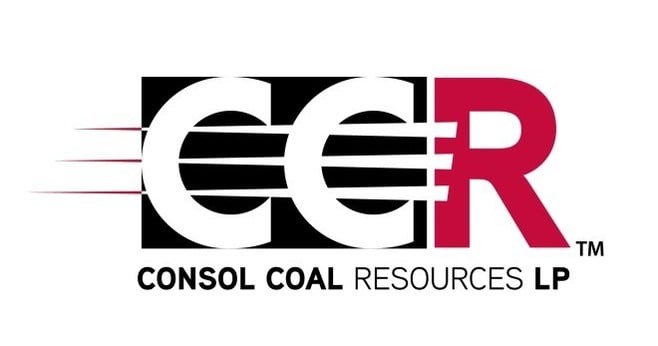Setting aside the fact that its ticker symbol reminds me of one of my favorite rock bands, CONSOL Coal Resources LP (NYSE:CCR) has potential to deliever
Since the CNX/CEIX spin off, I have taken a close look at CEIX and have found that its MLP, CCR, is very attractively priced both on an absolute basis as well as relative to its peer group. In my view, the key reason for this under-performance is its lack of liquidity, limited sell-side following and small market cap size. If these factors do not deter you, then read on because I think that management is now more incentivized to unlock value in CCR than it was prior to its spin-off from CNX.
CCR was IPOed in June 2015 at a price of $15 per common unit. It owns 25% of undivided interest in CEIX’s Pennsylvania Mining Complex (PAMC) – – that’s the portion of CEIX that currently produces all of its coal. In addition, CCR common units have first preference on cash distributions, ahead of subordinated units that are wholly owned by CEIX.
CCR management (same folks that manage CEIX) have guided coal sales of 6.55-6.80 million tons, adjusted EBITDA of $90-$110 million and capital expenditure of $31-$36 million in 2018. And as of its most recent disclosure, it had 95% of its coal sales for 2018 and 70% for 2019 under contract.
The rough math here is quite simple. Adjusted EBITDA $105 million minus cash interest $10 million minus capex $35 million = Distributable cash of $60 million. Divide that by 27.3 million units and we get $2.20 per unit. CCR currently pays an annual dividend of $2.05 per unit. That’s a dividend yield of 14%.
The reason why I believe this dividend is twice as safe as that math would indicate because the 15.5 million common units that are in the public float have first rights to any distributions until the sub-units (all owned by CEIX) are converted into common.
There aren’t many publicly traded coal companies but the few that I could find trade with a much lower dividend yield than CCR. These include ARLP (11.5%); FELP (5.95%); ARCH (1.71%) and HNRG (2.44%). And CCR has significantly better Debt/EBITDA ratio than any of these comps.
So why do CCR units trade with such a high yield and a discount relative to its peers? Some possible reasons:
- There are a total of 27.3 million units outstanding. Of these 11.6 million are subordinated and owned by CEIX. Of the remaining 15.7 common units, 5 million are owned by CEIX as well and another 5.5 million are owned by a single fund, Greenlight Capital and reported under a 13D filing. That leaves a total float of approximately 5.2 million common units or $81 million market value versus total equity capitalization of $400 million. So you see, it is not easy for an institutional investor to take a significant position in the company.
- It’s entirely possible that CCR management did not have the right incentive in place to “tell the story” and market the MLP as they do now. Consider this. Prior to CNX/CEIX spinoff, CNX’s market cap was several billion and heavily weighted to GasCo rather than Coalco. This is evident now, even after CEIX shares have done superbly well compared with CNX shares. So marketing CCR to potential and current investors would have done exactly what for CNX shares and shareholders? I doubt if they would have moved the needle.
Now of course, there is an incentive for management to tell the story and try to get CCR’s cost of capital lower so it can drop more assets into the MLP. I mean, CCR is CEIX’s only growth vehicle to raise capital and increase cash distributions. I expect management to focus on this and if it isn’t successful, well, I don’t mind clipping my 14% coupon until they figure out what to do with it.
What could go wrong? Coal prices or demand could move the wrong way but then recall that there is a lot of earnings coverage for the common units’ dividend.
In case you find this situation interesting as I do, here is a link to CCR’s investor presentation dated 12/13/2016.
Article by Oozing Alpha





